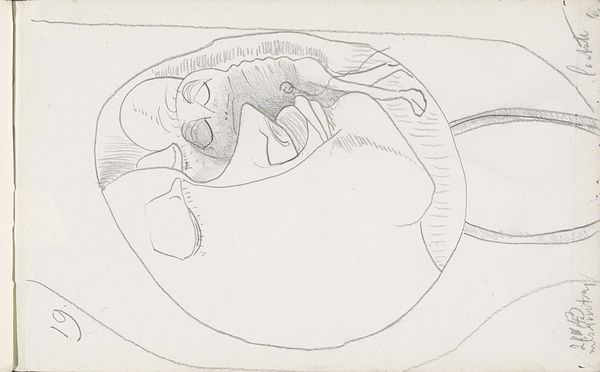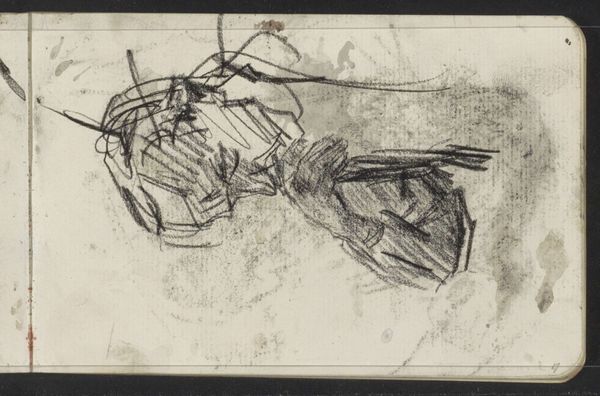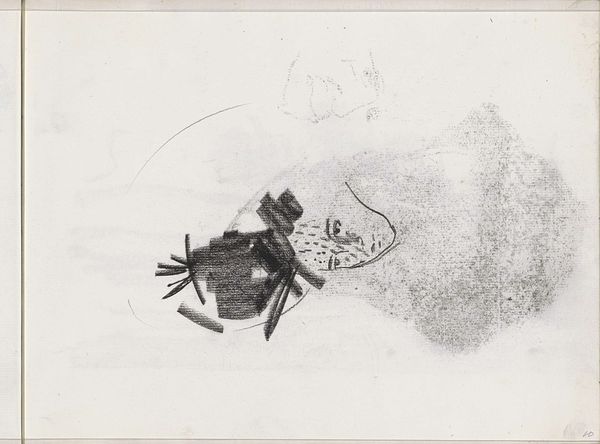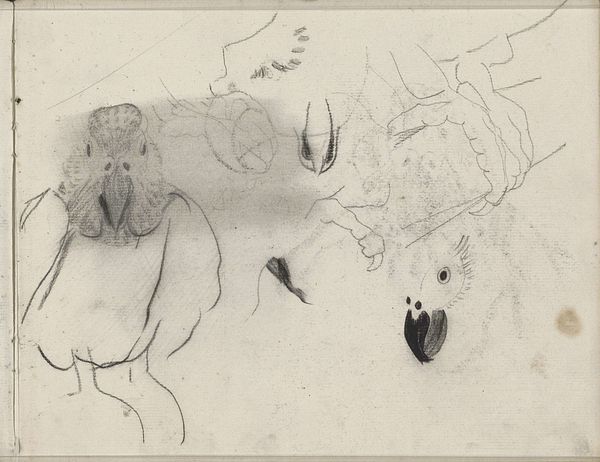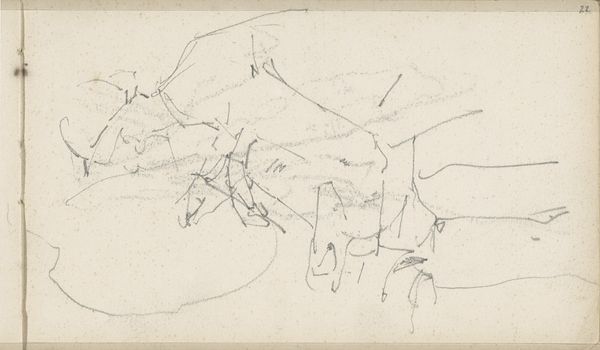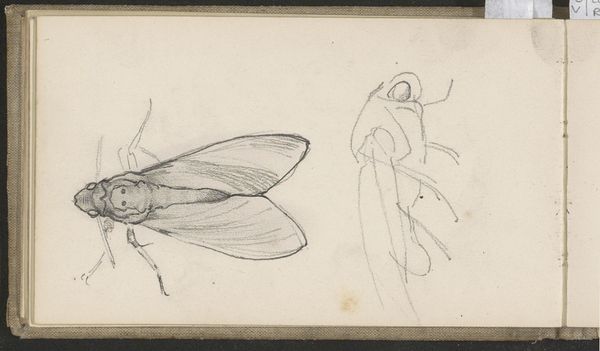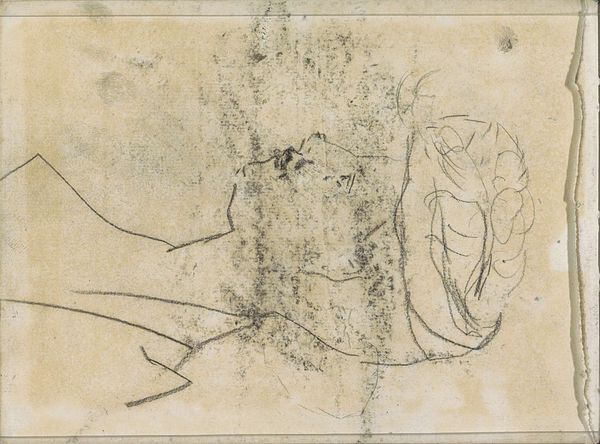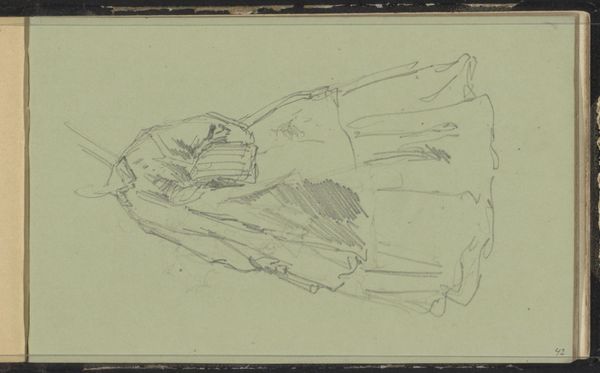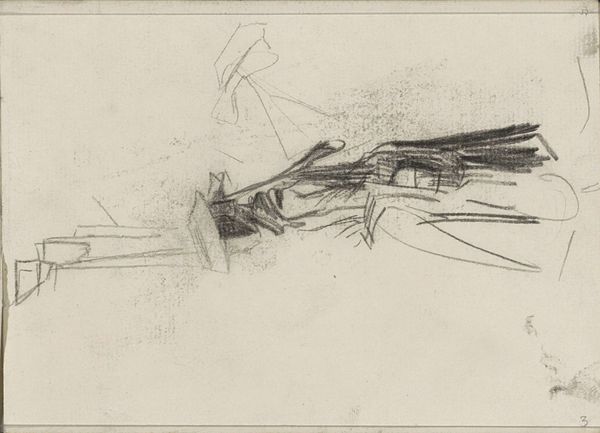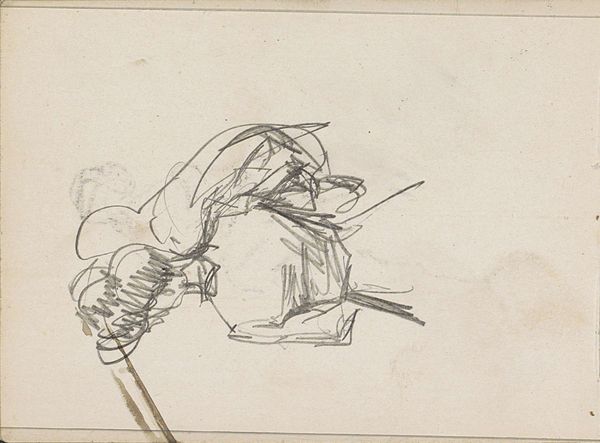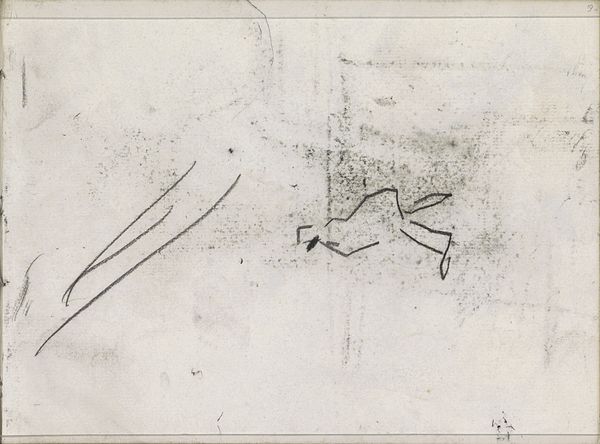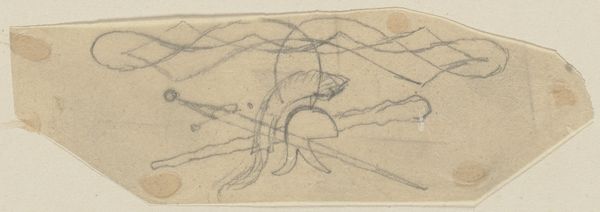
drawing, pencil
#
portrait
#
drawing
#
impressionism
#
pencil sketch
#
figuration
#
pencil
#
line
Copyright: Rijks Museum: Open Domain
Curator: I am struck by the sheer energy of the line in these figure studies. There’s something raw and immediate about it. Editor: Here we have "Figure Studies" by George Hendrik Breitner, dating from around 1880 to 1882, currently housed here at the Rijksmuseum. It is rendered in pencil. Considering Breitner's later work, it feels quite nascent, wouldn't you agree? Curator: Yes, nascent is a perfect word. I see this as an intimate glimpse into the artist’s process. The quick, almost frantic, application of pencil to paper reveals a mind actively grappling with form and composition. The use of a humble material like pencil situates it within the everyday working practices of artists, far from the idealized studio settings often romanticized. Editor: Precisely. I notice the varying degrees of pressure, the delicate hatching giving way to bold, almost aggressive marks. Consider how the artist uses the intrinsic properties of the pencil—its ability to create both shadow and subtle tonal variations—to create depth on a very restricted surface. The paper itself becomes a key component; the visible texture gives character. Curator: For me, understanding where this piece fits within Breitner's oeuvre is vital. He was so interested in documenting the working class of Amsterdam; were these preliminary studies for those later paintings, offering insight into the lives of ordinary people? Editor: That’s a compelling interpretation. By focusing on this drawing’s role within Breitner's overall production, you prompt us to think about labor, both the artist's and the depicted subject's. And of course the role of drawings and sketches in developing his more recognized painting production. Curator: It seems we both appreciate that Breitner shows the artistic and labor process so overtly, revealing something of its making that one can still detect even within the finished product of his paintings. Editor: Absolutely, it bridges that gap. It reveals more about the social function of the art produced from the drawing itself. Well, on that thought-provoking connection, perhaps we can leave it there?
Comments
No comments
Be the first to comment and join the conversation on the ultimate creative platform.
